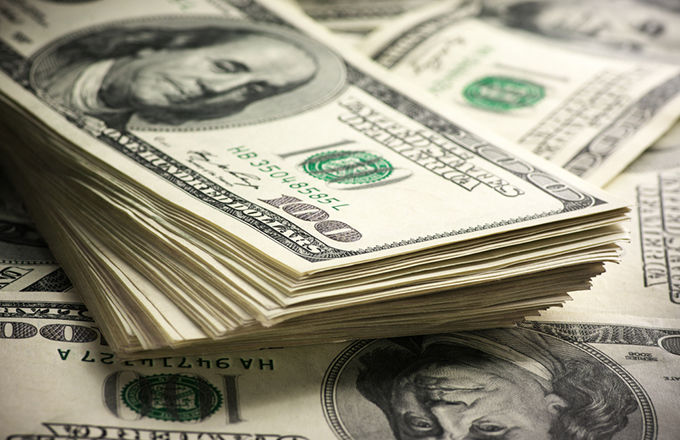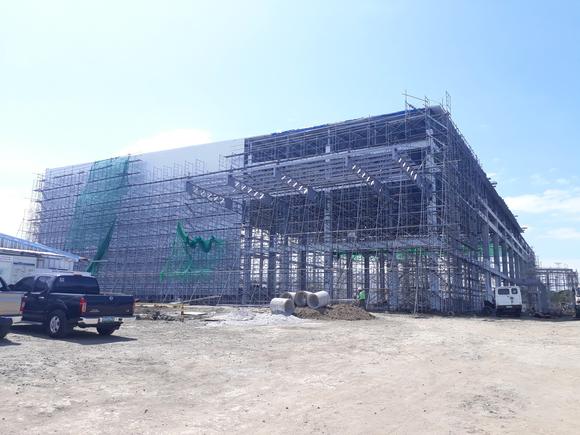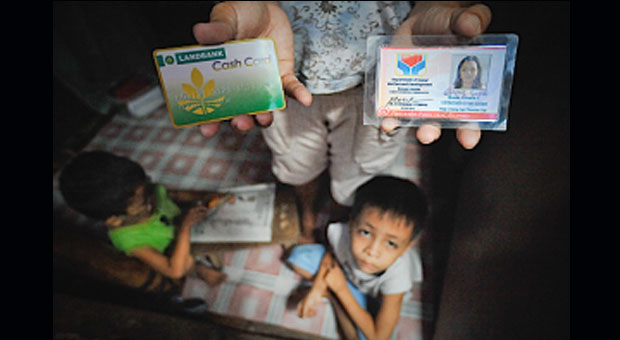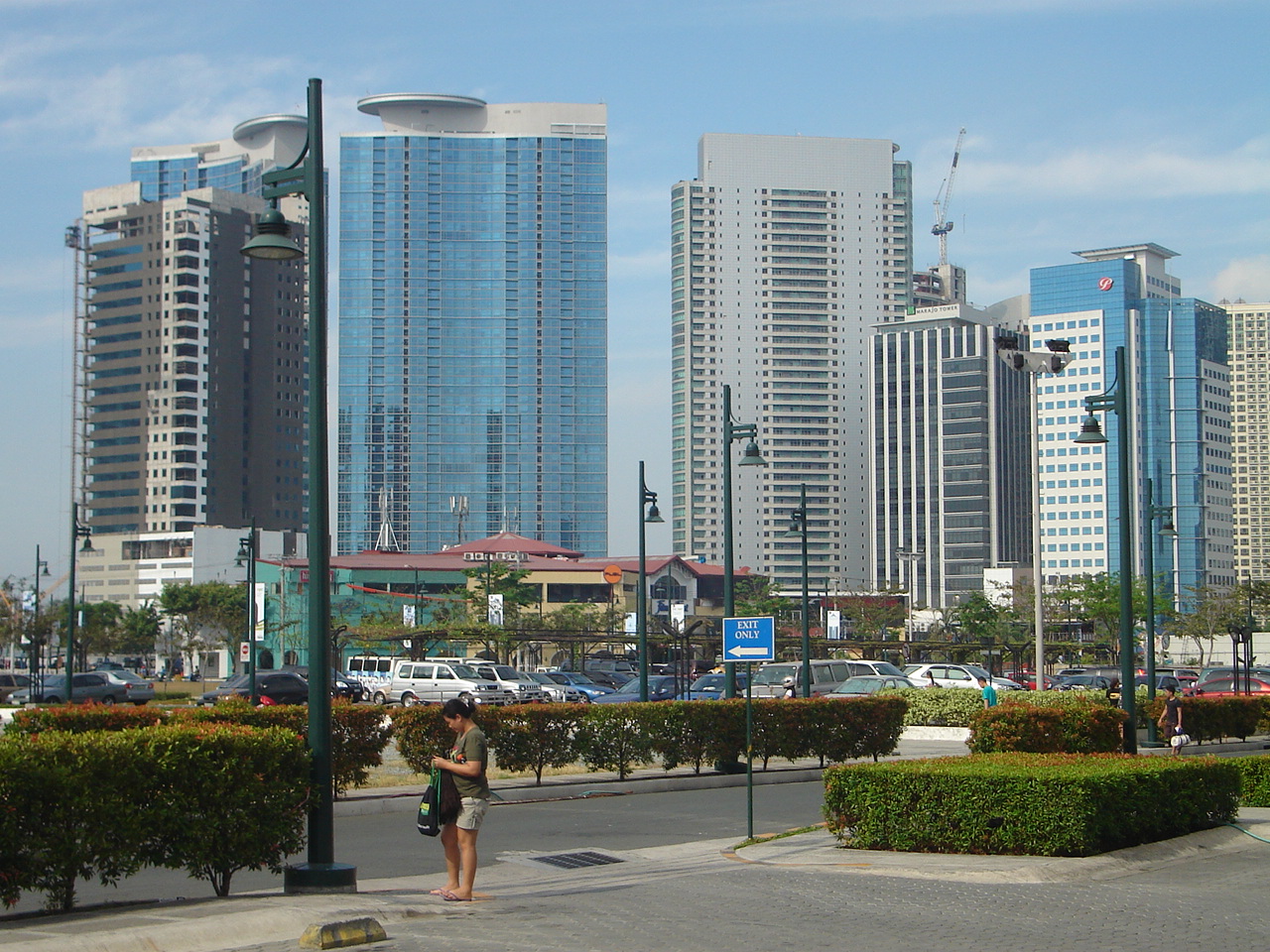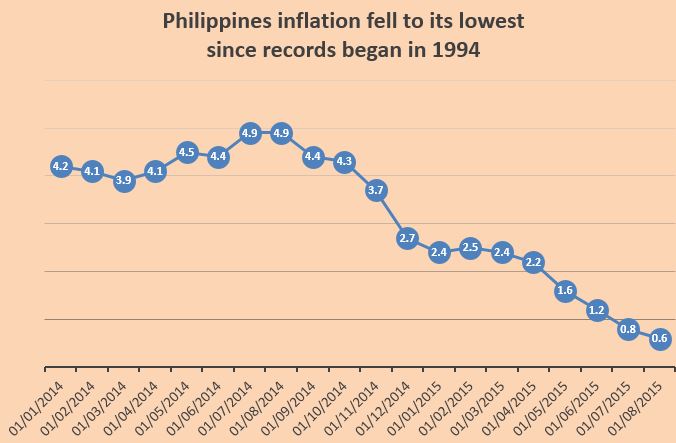
Halal food processing to help attract investments from Qatar to Philippines
Developing the halal market, including the agro-industrial and food processing sectors, could further stimulate FDI inflow into the Philippines, particularly Qatari investments, a Qatari entrepreneur has said.
The Philippine government wants to tap opportunities in the halal market, touted as a growing billion-dollar global industry, and is currently building a roadmap for its halal industry.
To do this, the Philippines’ Department of Trade and Industry is working with other agencies like the Mindanao Development Authority (MDA), National Commission for Muslim Filipinos (NCMF), and the Department of Agriculture (DA).
Qatari businessman Farhan al-Sayed lauded the Philippine government’s plans to develop the southern island of Mindanao, which, he said, “has a huge, untapped potential.”
“Halal is a very interesting market… in the case of Malaysia and Indonesia, they are already making billions of dollars from the industry. As their Asean (Association of Southeast Asian Nations) neighbour, the Philippines should also benefit from this.
“And I think Mindanao would be the ideal location to setup these businesses and this is going to help the growth of the region, which is eight times larger than Qatar and it’s going to settle and bring up not just businesses but also peace and order in the area,” al-Sayed told Gulf Times.
Aside from the halal industry, al-Sayed said Mindanao would be “an ideal location” to develop agro-industrial and food processing facilities, which could help attract Qatari investments to the country.
Following his state visit to Brunei Darussalam last year, Philippine President Rodrigo Roa Duterte said the trip would benefit the country’s halal industry. He said Brunei has expressed its commitment to help develop Mindanao’s halal industry in the areas of certification and capacity building.
Aside from grooming Mindanao into a production and export hub for halal-certified products, Duterte also underlined the island’s potential as a potential producer of tuna, sardines, banana, coconut, fruits, and poultry and livestock products. In the recently-held ‘Philippine Investments Conference’ in Doha by the Philippine Economic Zone Authority (Peza), Mindanao Development Authority (MDA) chief of staff Abdul Alonto also underlined Mindanao’s capability to export processed halal meat.
During the event, Philippine Business Council-Qatar (PBC-Q) chairman Greg Loayon also cited other investment opportunities in the Philippines aside from the halal market.
“Other than economic zones, manufacturing, tourism, furniture export, and healthcare are other investment opportunities that Qatari investors can look into the Philippines both from an outbound and inbound perspective such as Qatari investments in the Philippines or business opportunities in the Philippines that can be brought to Qatar,” he said. - Gulf Times


